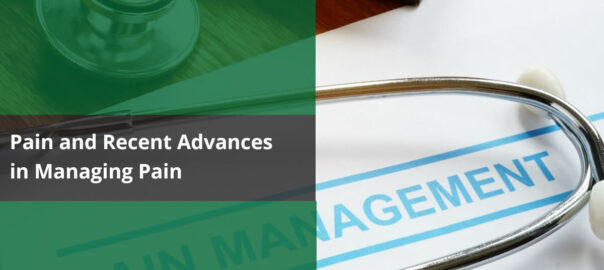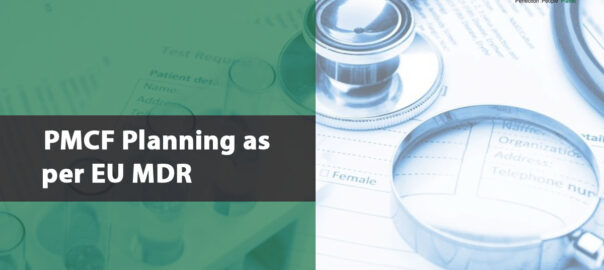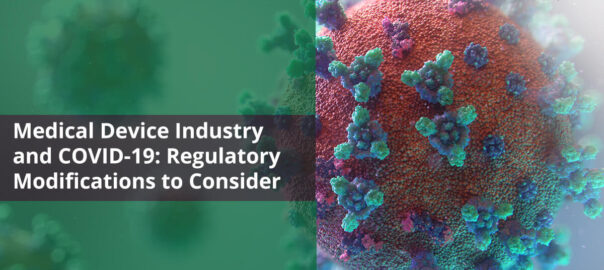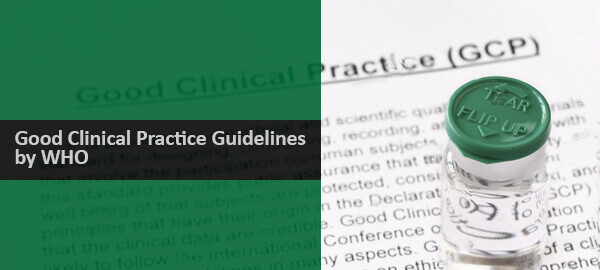Class I devices are the lowest risk medical devices. However, the manufacturers of these devices also need to act immediately to comply with the new European Union (EU) Medical Devices Regulation (MDR); otherwise, they risk being unable to place their devices on the EU market after May 26, 2021.
As many Class I devices are being up classified, the manufacturers of these devices will require notified body (NB) review for the first time to comply with the EU MDR. Manufacturers will be relieved to know that these devices have been given a grace period till May 26, 2024. Current Class I devices may also move to Class I reusable surgical instruments (Ir), which is a newly added subclassification in MDR 2017/745. Other Class I devices such as devices with measuring function (Im), or Class I sterile (Is) devices, which have a valid MDD certificate, can be sold in the EU market till May 25, 2024. However, if manufacturers of these Class I devices do not act now, they may not know if their devices need to be re-classified. For the rest of the Class I devices, as well as for Class Is/Im devices requiring a new certificate, the timeline to comply with the new regulation remains May 26, 2021.
Through this blog, we would like to highlight the key requirements for Class I device manufacturers to place their devices on the market as per the recent EU Regulation 2017.
Checklist items for placing Class I medical devices on the market:
As most of the Class I device manufacturers self-certify their devices, it is unlikely to have a relevant quality management system (QMS) or clinical data available with them. Hence, they may require significant remediation work before May 26.
To comply with the EU MDR, Class I device manufacturers must establish and implement a risk management system to reduce risks as far as possible without adversely affecting the benefit-risk ratio.
Involvement of the Notified Body (NB)
The NB needs to be involved for Class Is, Class Im, or Class Ir devices. As per Annex IX, the manufacturer of such a device must establish, document, and implement a QMS. Additionally, with respect to Annex II, the manufacturer must lodge with the NB an application for assessment of technical documentation relating to the device. However, the involvement of the NB in those procedures shall be limited:
- in the case of 1s devices, to the aspects relating to establishing, securing and maintaining sterile conditions;
- in the case of 1m devices, to the aspects relating to the conformity of the devices with the metrological requirements;
- in the case of 1r devices, to the aspects relating to the reuse of the device, in particular cleaning, disinfection, sterilization, maintenance, and functional testing and the related instructions for use.
Intervention by NB is not required for other Class I devices. As the QMS system remains proportionate to the risk class, the requirement is less complex for Class I manufacturers, but they need to meet the QMS requirements set out in Article 10 of the EU MDR. As per this article, Class I manufacturers must provide the required technical documentation in an official Union language dictated by the concerned Member State when requested by the Competent Authority (CA).
EU Declaration of Conformity
Manufacturers of other Class I devices can continue to self-certify. According to Article 19, the EU declaration of conformity shall state that the requirements specified in this Regulation have been fulfilled in relation to the device that is covered. However, manufacturers of these devices will need to update technical documentation (set out in Annexes II and III) by May 26, 2021.
CE-marking
Manufacturers of Class I devices will have to gather all relevant clinical information, especially for devices that are self-certified under MDD. This will apply to even those manufacturers whose Class I devices have been on the market for 20+ years. Manufacturers can either use already available post-market data or perform a post-market clinical follow-up study (PMCF) to provide clinical information in technical documents (set out in Annexes II & III). Hence, manufacturers of those Class I devices that have got a grace period till May 26, 2024, should not wait till the last day. They should make a robust system now to start collecting clinical data.
Post-market surveillance (PMS)
- Class I device manufacturers need to establish and maintain a post-market surveillance (PMS) system, which should be integrated into the QMS. According to Article 83, manufacturers shall plan, establish, document, implement, maintain, and update a PMS system for every device.
- The PMS plan of the manufacturer must include PMCF plan or a justification why PMCF is not applicable.
- Reporting time frames have been tightened in the EU MDR. As per article 87, a serious public health issue should be reported within two days. Whereas, in the event of death or an unanticipated serious deterioration in a person’s state of health, the report should be provided immediately after the manufacturer has established or as soon as it suspects a causal relationship between the device and the serious incident but not later than 10 days. For all other cases apart from the above two, the manufacturer must report any serious incident immediately and not later than 15 days, which was 30 days earlier as per MDD.
- As a follow-up of reporting a serious incident, the manufacturer shall, without delay, perform the necessary investigations in relation to the serious incident and the devices concerned (Article 89).
- Finally, all Class I device manufacturers are expected to prepare a PMS report (Article 85) summarizing the results and conclusions of the analysis of all the data from the market. This report will be updated when necessary, for example, when the intended benefits are not achieved or when there is a change in the benefit-risk balance. The report can be requested by the CA at any time from May 26, 2021, irrespective of the type of Class I device (with or without grace period).
- If PMS data analysis provides evidence that a device placed on the market is not in conformity with the MDR, the manufacturer is obliged to take the immediate necessary corrective action, which can be either bringing that device to conformity, or withdraw it, or recall it.
Conclusion
Class I device manufacturers need to take immediate action to comply with EU MDR. If manufacturer’s Class I device (exception: Is, Ir, Im) was self-certified under MDD, then it must be compliant under EU MDR by May 26, 2021. If the device has been up classified as per EU MDR, certification from NB will be required to place the device on the market. Manufacturers need to gather all relevant clinical information through PMS activities and PMCF studies for devices which are self-certified under MDD to achieve CE marking under EU MDR before May 26, 2021. A QMS must be established which will include documentation of PMSP and PMSR for all Class I devices by May 26, 2021. For devices, reclassified as class Ir, and the devices already placed on the market in accordance with the MDD (Is and Im), the manufacturers have got a grace-period of three more years to fully comply with the new EU regulation. These manufacturers should start conducting a gap analysis to guarantee that all the necessary requirements are fully completed at the date of the application of MDR. Non-conforming devices will no longer be allowed to be on the EU market.























